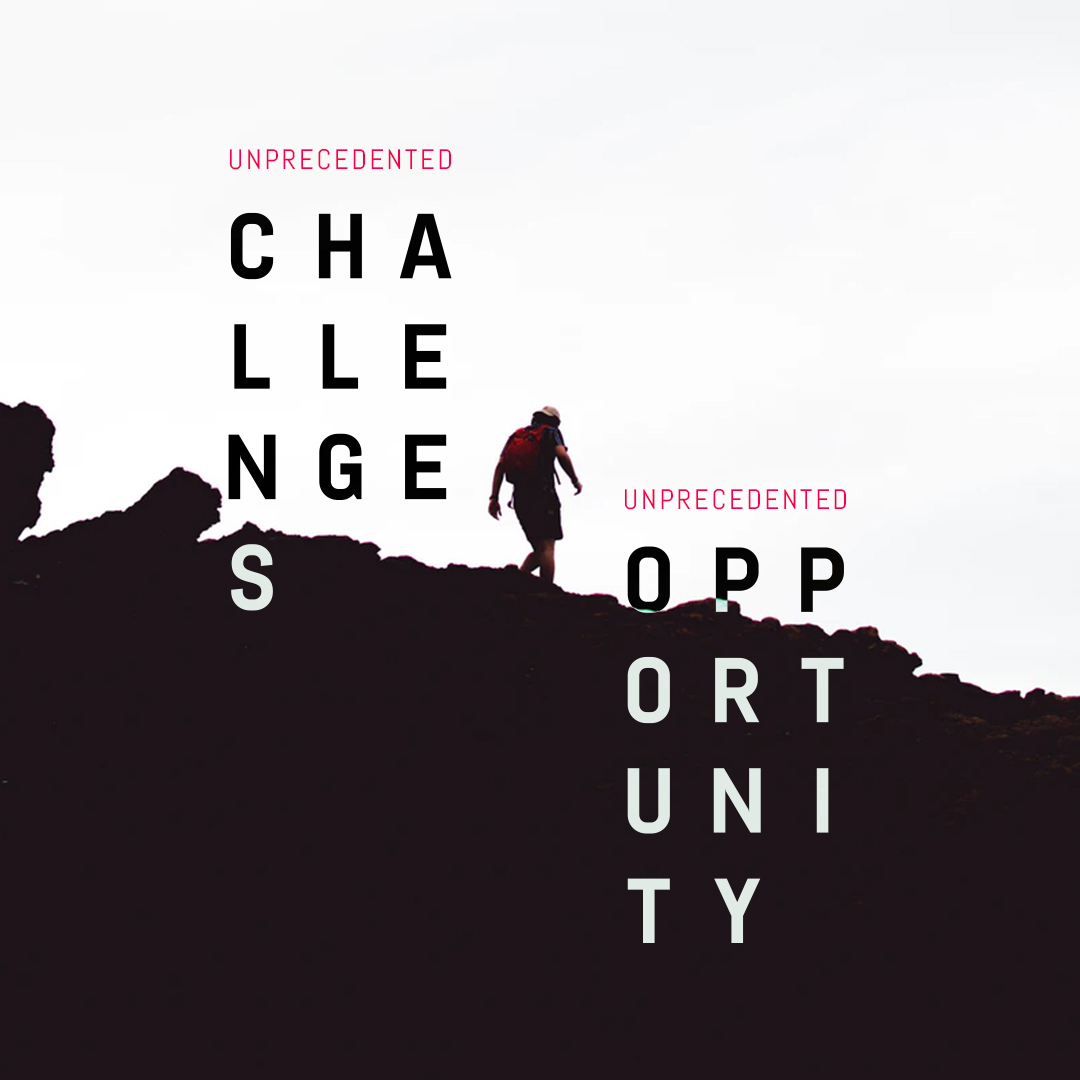Reputation
So, how does Gen Z see the Church and her leaders? Don’t worry; it’s not all bad! Our reputation is still that we provide a place of healing, hope, and redemption.
We still hold the reputation of being community-and service-oriented, especially toward the poor and marginalized (p.72).
However, the Church and her leaders can be seen as:
- Beholden to political power
- Hypocritical, especially in terms of sexual integrity
- Protective of troubling political figures
Finally, too many people have had negative personal interactions with professing Christians:
“Like it or not, Christianity’s overall reputation in our wider culture intersects with our local and personal efforts to live and share the gospel… Everything Christians do is evangelism or de-vangelism.” (pp.99-100)
Advantages
I know this looks bleak, but God didn’t set up the Church to fail! We have something amazing to offer people…
The transformative power and love of Jesus Christ through the Holy Spirit.
Not only that, people long for community. The Church has had “community” on lock for thousands of years and reserves the patent on the best form!
Again, from Barna:
“People are so isolated. Millennials often feel empty and rejected. Many seek a place to belong based on an activity (like CrossFit) or an interest (like anime). But those bonds aren’t strong enough to nurture and sustain a multifaceted human being created in God’s image.” (p.91)

Audience: Millennials/Gen Z
Here’s what we know about Millennials and Gen Z.
They’re born between the years of 1981 and 2012. And they’re socially diverse! Millennials and Gen Z are much more likely to have friends and family from various cultural and faith backgrounds.
They’re asking big questions Jesus has answers for:
The next generation is “asking where they belong, how they are significant, how to deal with anxiety, what to do with their loneliness. If our gospel can’t answer those questions, it doesn’t feel like good news. On the other hand, if it does answer those longings, they will be much more likely to receive it and share with others how God has impacted their lives.” (p.51)
According to the data, and unlike most American members of previous generations, people in this age group don’t have a Christian worldview, biblical background, or gospel understanding. (p.98)
Barna also reports seeing a “missing sense of purpose and meaning:”
People are asking deep questions of identity. Who am I? What does it mean to be human?… Our message of new life in Christ must connect to the inner yearnings for abundance, forgiveness, purpose, meaning, relationship and so on. That connection is where the best questions are asked, and where the truest answers are found. If we hope to share the good news in such a way that people can actually receive it, we must have a gospel response to what’s happening now… Becoming radically relational, culturally discerning learners will equip us to swim against the all-pervasive algorithmic current. (p.98)
Psychographics:
When we talk about psychographics, we’re talking about an audience’s hopes, fears, and challenges.
Like any generation, their fears and challenges include anxiety, fear, shame, loneliness, distrust, emptiness, rejection, and inward discontent.
And the youngest two generations hope for meaning, great relationships, happiness, fulfillment, purpose, and belonging.
But unlike previous generations, the next generation isn’t worried about “how to get to heaven” or “what do I do with my guilt?” Increasingly, they want to know what Jesus has to say about what it means for them to thrive as human beings. (p.50)
The Shared Win: Good News for the Next Generation
With all of this in mind, here’s what the Church’s message is to Millennials and Gen Z.
Sozo, Now
The message of salvation in Jesus (both eternally and situationally) must connect holistically to the emotional, mental, physical, and spiritual wellbeing of people’s lives now.
Find Real Life
“God hates sin because he loves us so much that he can’t stand to see us finding ‘life’ where there is no life. This explanation provokes the question from someone who hears it: ‘If there is no life in the things I do, then where is there life?’ That’s a good-news question, and it flies with young people.” (Josh Chen, p.52)
It’s “vital for Christians to remember there are two sides to every conversation. Listening to and expressing empathy for non-Christians’ experiences will help to ensure spiritual conversation has a lasting and positive impact.” (p. 82)
True and Good
“More than ever, we’re convinced that people don’t just need to be convinced that Christianity is true, but also that it’s good—good for their own lives in the real world; good for their neighbors; good for society.” (p.99)
Culturally-Discerning Learners
“We must move past assumptions, becoming aware of trends, but also developing a soft sensitivity to the voice of the Holy Spirit.” (p.98)
A Message that Connects
These insights are a strong foundation for any church, but what about your church? Individual churches and organizations have to take the overall considerations and fine-tune them into a message that fits their cultural context.
Click here to begin clarifying your message and reaching more people.
Anchor and Pivot
The upcoming generation can spot fake a mile away. Reaching people will require deep understanding and empathy. It will require new methods and language paired with an ancient heart of Christian love and service.
[For] all the seeming loss of ground in evangelistic culture and practice, the Reviving Evangelism data indicate significant hope for the Christian community’s stewardship of the gospel message. But flourishing in change requires adaptation. If American Christians can respond with agility to today’s challenges while retaining their core distinctiveness and message, the gospel will take root, no matter the culture’s trajectory. But if hard realities are ignored, it’s difficult to imagine evangelistic success in a culture no longer inclined to see faith as compelling or relevant. (p.65)

A Path Forward
Clarifying your message will enable you to facilitate ministry that the next generation needs in your locale.
Barna reflects on their data with a note of hope and encouragement:
There is a unique opportunity for the US Church to return to its core identity during this time of transition. Against the backdrop of changing generations we see signs for optimism. While faith in America will never look the same as for our grandparents, it can be strong, authentic and resilient for whatever the future has in store. After all, you don’t pass the same message along for 20 centuries unless there’s something in it that can transcend cultural shifts.
Above all, we ought to keep hold of hope. History has seen the Church flourish time and again in discouraging evangelistic environments. Today is a wake-up call that can inspire us to grow, to reconnect with the call to be and make disciples, and to press forward into deeper and more radically countercultural faith. Rather than discouragement, this research can profoundly encourage us-if we are willing to embrace it realistically and respond humbly.
RELATED – If you’re a church creative managing messaging, visual identity, strategy, or all three at the same time—we get it, the fear of burnout is real! That’s why we created the ArtSpeak Creative Community. Restore your health and rediscover your creative purpose. Learn more here.
Seen rightly, our unprecedented challenges can become untapped opportunities. But only if we begin to understand them. (pp. 19-20)
One way to take advantage of the abundant opportunities available to your church or ministry to today? Fill out our Branding Questionnaire!
This document will give you clarity on the three points that matter most: your identity, audience, and your strategic message.
Click here to download your free branding questionnaire to start reaching the next generation.




